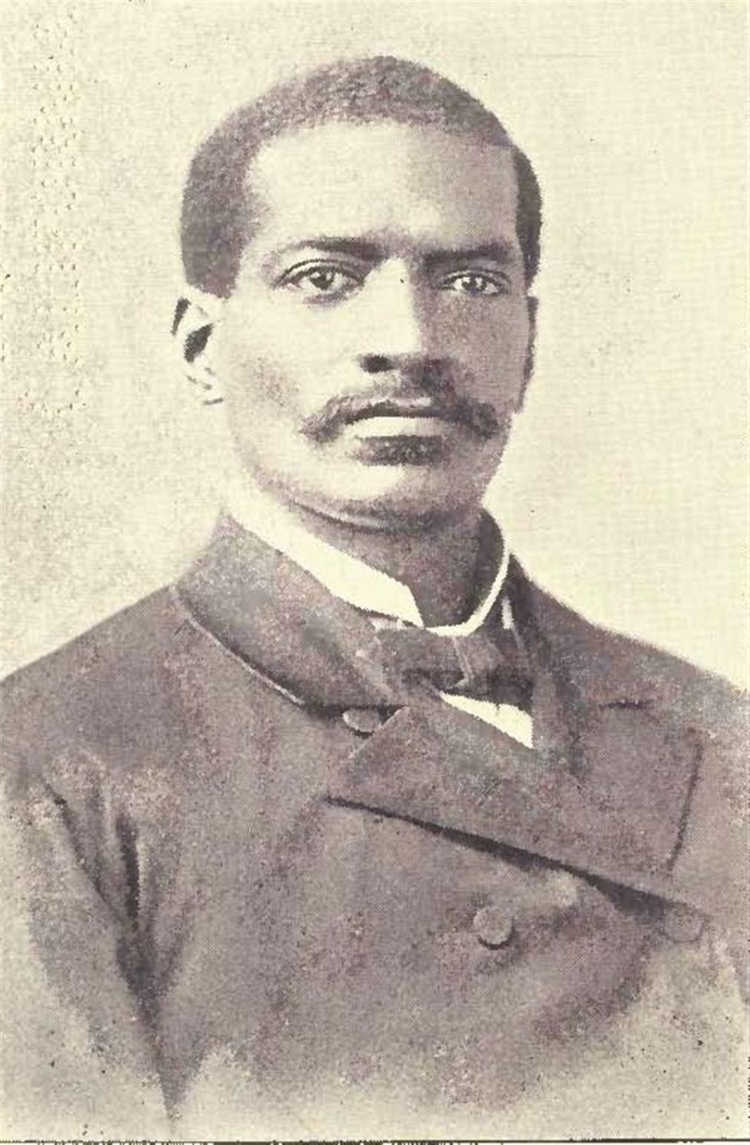German Bakers of Carlisle
The 1861 “List of Retailers” in Carlisle included five bakers. At least three of them were German immigrants who had settled in Carlisle in the 1830s and 1840s; John Sellers, John Schmohl and George Grossman.

John B. Vashon (1795-1853)
The 1820s saw the rise of Refreshment Houses and Oyster Cellars in Carlisle; many operated by African Americans such as Lewis Robinson, barber John Peck, and John B. Vashon, also a barber.
These establishments were seasonal, usually in rented spaces and often in the cellars of taverns. Fare typically consisted of oysters served fried, stewed, pickled or roasted, as well as tripe, pigs’ feet and turtle soup.
Newspaper advertisements informed the public of the location of these eateries and what they served. Lewis Robinson’s ads showed that he moved his oyster cellar frequently. In November 1823, he was located on Hanover Street, a few doors south of the Court House under Daniel Weakley’s tavern.1 In April 1824, he was “at his old stand in Barracks Street,”2 and in November 1824 at his residence on Louther Street, nearly opposite Mr. Foreman’s Hotel.3
Robinson advertised that he could accommodate private suppers for clubs of gentlemen on the shortest notice. In addition to all types of oysters, tripe, pigs’ feet and turtle soup, he offered roast turkeys and barbequed fowls “in short order, together with crackers and cheese, cold ham, and vegetables of all kinds which the season affords.”4
John B. Vashon came to Carlisle in the early 1820s from Leesburg, Virginia. Although his primary profession was as a barber, he also operated a House of Refreshment. In May 1824, he advertised that “with the return of the spring and summer seasons,” he intended to “reopen a House of Refreshment for the accommodation of the Ladies and Gentlemen of Carlisle….He will be constantly supplied with Ice Creams, Ice Custard, Floating Islands, Syllabub, Jellies, Cakes, Pastries of all kinds, Pickled Oysters, etc. etc.”
John Peck, also a barber, operated his Centre Oyster Cellar in 1825 “directly opposite the Post Office,” where he served “Oysters of the best quality, either fried, stewed, or in the shell. He also provided private parties with beefsteak, tripe and pigs feet suppers at moderate prices.5
With the return of the spring and summer months in May 1829, Peck re-opened his House of Refreshment next to James Bredin’s store in South Hanover Street. He served ice creams, jellies, syllabub, floating island and “pastry of all sorts,” as well as pickled oysters, and fruit. Turtle soup, hot corn, cantaloupes, melon, etc. would be furnished in season “and served up in a style that would make an Alderman’s teeth water.”6
Vashon left Carlisle in 1829 and moved to Pittsburgh. Peck followed soon after. In 1832 the African Education Society was formed in Pittsburgh and Vashon was elected its President.7 In 1834, he was elected President of a Temperance Society and a Moral Reform Society. Both he and John Peck were agents for The Liberator, an abolitionist newspaper published in Boston. Both worked for the betterment of their people, and in 1846 Vashon was elected President, and Peck Vice President of the Citizens Union.8
Vashon died in Pittsburgh on December 29, 1853, at the age of 58. In 1855, The Colored Patriots of the American Revolution and Distinguished Colored Persons was published. It contains a fascinating biography of Vashon’s life.
The 1861 “List of Retailers” in Carlisle included five bakers. At least three of them were German immigrants who had settled in Carlisle in the 1830s and 1840s; John Sellers, John Schmohl and George Grossman.
[1] Carlisle Gazette, November 4, 1823.
[2] Carlisle Gazette, April 6, 1824.
[3] Carlisle Gazette, November 16, 1824.
[4] Carlisle Gazette, November 4, 1823.
[5] American Volunteer, Carlisle, November 17, 1825.
[6] American Volunteer, Carlisle May 28, 1829.
[7] The Liberator, Boston, February 25, 1832.
[8] Pittsburgh Daily Post, December 18, 1846.